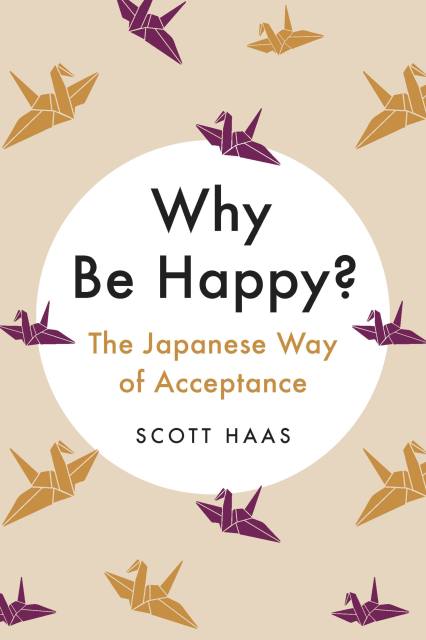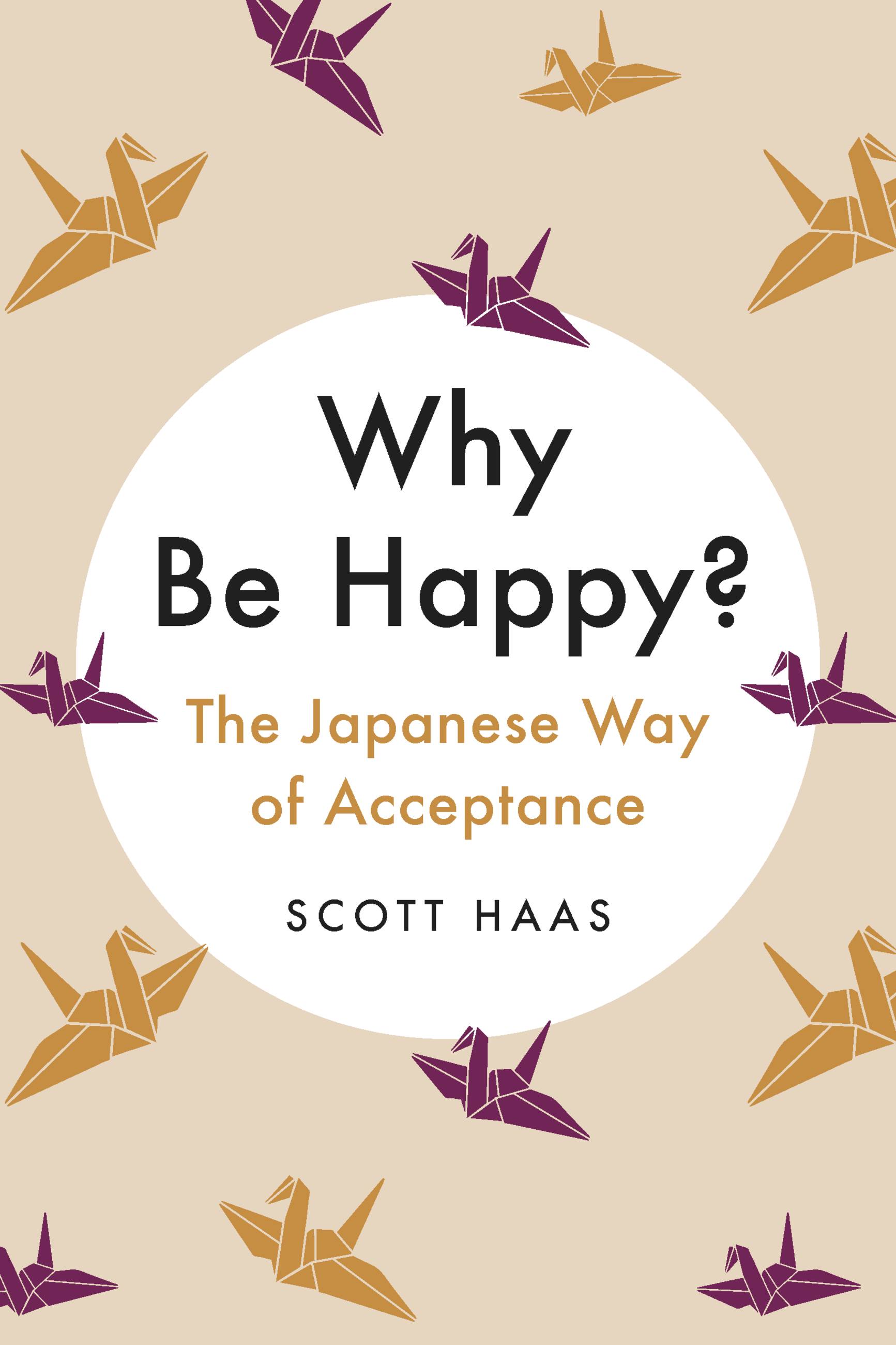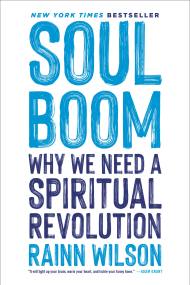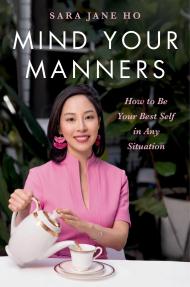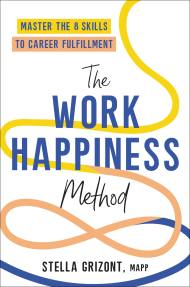Promotion
Use code MOM24 for 20% off site wide + free shipping over $45
Why Be Happy?
The Japanese Way of Acceptance
Contributors
By Scott Haas
Formats and Prices
Price
$12.99Price
$16.99 CADFormat
Format:
- ebook $12.99 $16.99 CAD
- Hardcover $24.00 $30.00 CAD
- Audiobook Download (Unabridged)
This item is a preorder. Your payment method will be charged immediately, and the product is expected to ship on or around July 7, 2020. This date is subject to change due to shipping delays beyond our control.
Also available from:
This beautiful and practical guide to ukeireru, the Japanese principle of acceptance, offers a path to well-being and satisfaction for the anxious and exhausted.
Looking for greater peace and satisfaction? Look no further than the Japanese concept of ukeireru, or acceptance. Psychologist Scott Haas offers an elegant, practical, and life-changing look at ways we can reduce anxiety and stress and increase overall well-being. By learning and practicing ukeireru, you can:
- Profoundly improve your relationships, with a greater focus on listening, finding commonalities, and intuiting
- Find calm in ritualizing things such as making coffee, drinking tea, and even having a cocktail
- Embrace the importance of baths and naps
- Show respect for self and others, which has a remarkably calming effect on everyone
- Learn to listen more than you talk
- Tidy up your life by downsizing experiences and relationships that offer more stress than solace
- Cultivate practical ways of dealing with anger, fear, and arguments — the daily tensions that take up so much of our lives
By practicing acceptance, we learn to pause, take in the situation, and then deciding on a course of action that reframes things. Why Be Happy? Discover a place of contentment and peace in this harried world.
Genre:
- On Sale
- Jul 7, 2020
- Page Count
- 256 pages
- Publisher
- Hachette Go
- ISBN-13
- 9780738285511
Newsletter Signup
By clicking ‘Sign Up,’ I acknowledge that I have read and agree to Hachette Book Group’s Privacy Policy and Terms of Use
